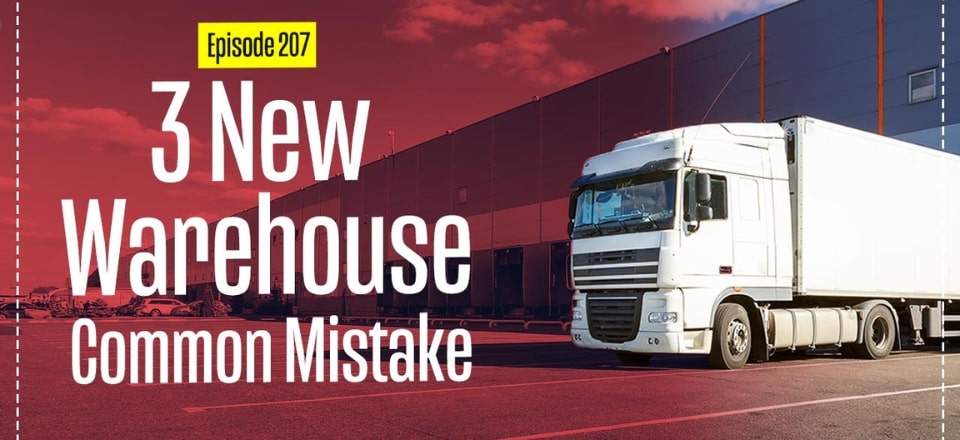Moving to a new distribution center is a significant step for any business, but it’s easy to stumble into a few common traps along the way.
These mistakes can lead to costly inefficiencies, wasted space, and even long-term operational challenges.
In this video, we’ll delve into the three most frequent missteps companies make during this process and provide practical advice on how to avoid them.
By understanding these pitfalls, you can ensure a smoother, more effective transition.
Stay tuned until the end, where I’ll share additional resources and tips to help you navigate this crucial phase. Watch the video below to get started!
Premature Design Decisions
A major error in warehouse planning is jumping into the design phase without a comprehensive needs assessment. Many businesses acquire land or lease facilities before thoroughly evaluating their requirements. This can lead to inefficiencies, such as having a warehouse that is either too large or too small for their needs. For instance, a company might design a warehouse that is more than twice the size required, wasting resources and incurring unnecessary costs. Conversely, failing to plan for future growth can result in insufficient space as operations expand. Proper planning involves a detailed analysis of current and future needs, including the size, layout, and internal storage configuration.
Insufficient Planning for Growth
Another common mistake is not adequately planning for future growth. Businesses often estimate space needs based on current operations but overlook other factors like increased product variety or changes in inventory requirements. For example, if a company’s product range expands or storage conditions change from ambient to chilled or frozen, these factors must be considered during the design phase. Without this foresight, the initial design may become inadequate, leading to operational challenges and potential redesigns. Companies should consider not only the current storage requirements but also how these might evolve over time.
Detailed Future Profiling
A third mistake involves failing to detail the future profile of the warehouse. It’s essential to understand not just the current needs but also how they might change. This includes the number of SKUs, pick locations, and storage types. For instance, if a company expects to handle more SKUs or switch to automated picking systems, the warehouse design must accommodate these changes. Planning for future shifts in inventory handling and storage needs is crucial to avoid costly adjustments later. Companies should assess how their inventory management practices might evolve and design their facilities to support these changes.
Related articles on this topic have appeared throughout our website, check them out:
- Warehouse Product Slotting: The Ultimate Guide
- Warehouse Design – Rules of Thumb… And a Checklist
- Planning a Warehouse Network and Design: Key Factors to Consider
- 10 Proven Principles for Best Warehouse Design and Operation
- A Recommended Approach to Warehouse Layout and Operational Design
Editor’s Note: The content of this post was originally published on Logistics Bureau’s website dated August 02, 2023, under the title “Avoid These 3 Common Mistakes in Warehouse Design“.




